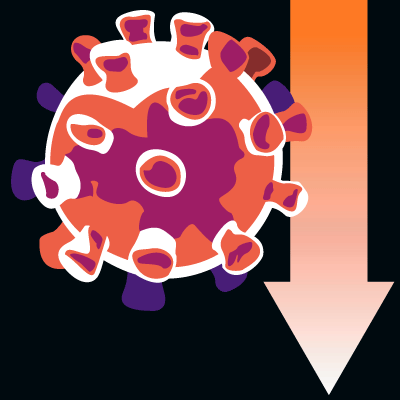Last month, I participated in a workshop on pandemic financing hosted by the National Academy of Medicine in Washington, D.C., as part of a larger Global Risk Framework Initiative to reduce risk and improve response to epidemics and pandemics. Key stakeholders in the area of pandemic financing, including representatives from governments, supranational organizations, NGOs, and the private sector attended. Together, we focused on the finance work stream,which includes developing a financing mechanism and establishing a reserve pool of funds that can be drawn upon during an epidemic.
The West Africa Ebola outbreak, which unfolded in 2014 and 2015,presented many lessons on factors that can impede an outbreak response. At the international level, there was a delay in recognizing the outbreak, a lack of coordination, and an absence of funds. At the country level, there was reluctance to recognize the outbreak and a lack of resources. At the community level, there was mistrust and slow adoption of cultural practices that would help reduce outbreak spread.
Many areas for improvement in outbreak detection and response are apparent, but one area where pandemic financing fits in would be to alleviate the issues surrounding the absence of funds that could be quickly dispatched.
Financing a Rapid Response
One proposed mechanism for innovative pandemic financing is the World Bank Pandemic Emergency Financing Facility (PEF). As envisioned, the PEF is meant to complement existing funding mechanisms and provide rapid payout in the early stages of an epidemic or pandemic, most likely based on a parametric trigger. The PEF is expected to bear similarities to other efforts in disaster risk financing, such as the Pacific Catastrophe Ris Assessment and Financing Initiative (PCRAFI), through which Vanuatu received a payout earlier this year following Tropical Cyclone Pam.
Unlike existing disaster risk financing mechanisms, the PEF is expected to be designed to pay out early in an outbreak rather than after it has ended. The idea is that the infusion of funds at an early stage of the epidemic/pandemic would facilitate access to medical supplies, equipment, and personnel before it grows out of control. This funding could serve multiple purposes, including payments of salaries of local healthcare workers, purchasing supplies, and response coordination.
When the number of cases in an outbreak is increasing exponentially, even a few weeks' delay could translate into hundreds of lives lost and additional millions of dollars spent in response costs. Stopping an outbreak in its tracks would could save lives and reduce the overall response cost, including savings in the private sector, for example by preventing or reducing the duration of business disruptions related to the outbreak.
Other Benefits
In addition to providing assistance during a severe outbreak,the PEF could also prompt the institution of improved disease surveillance systems and a more robust public health infrastructure. For example, countries that would like to join the PEF may be incentivized by developing an epidemic response plan and demonstrating the capacity to enact it during an event. In addition, improved surveillance could help with detecting an emerging epidemic earlier, which could reduce response and containment times.
Modeling plays a crucial role in developing a facility such as the PEF. It can aid in the design of the parametric trigger and support decisions along the entire risk transfer spectrum. As announced by the World Bank recently, AIR is engaged to provide modeling services in support of the PEF.
More information regarding the pandemic financing workshop and the World Bank PEF is available online.


